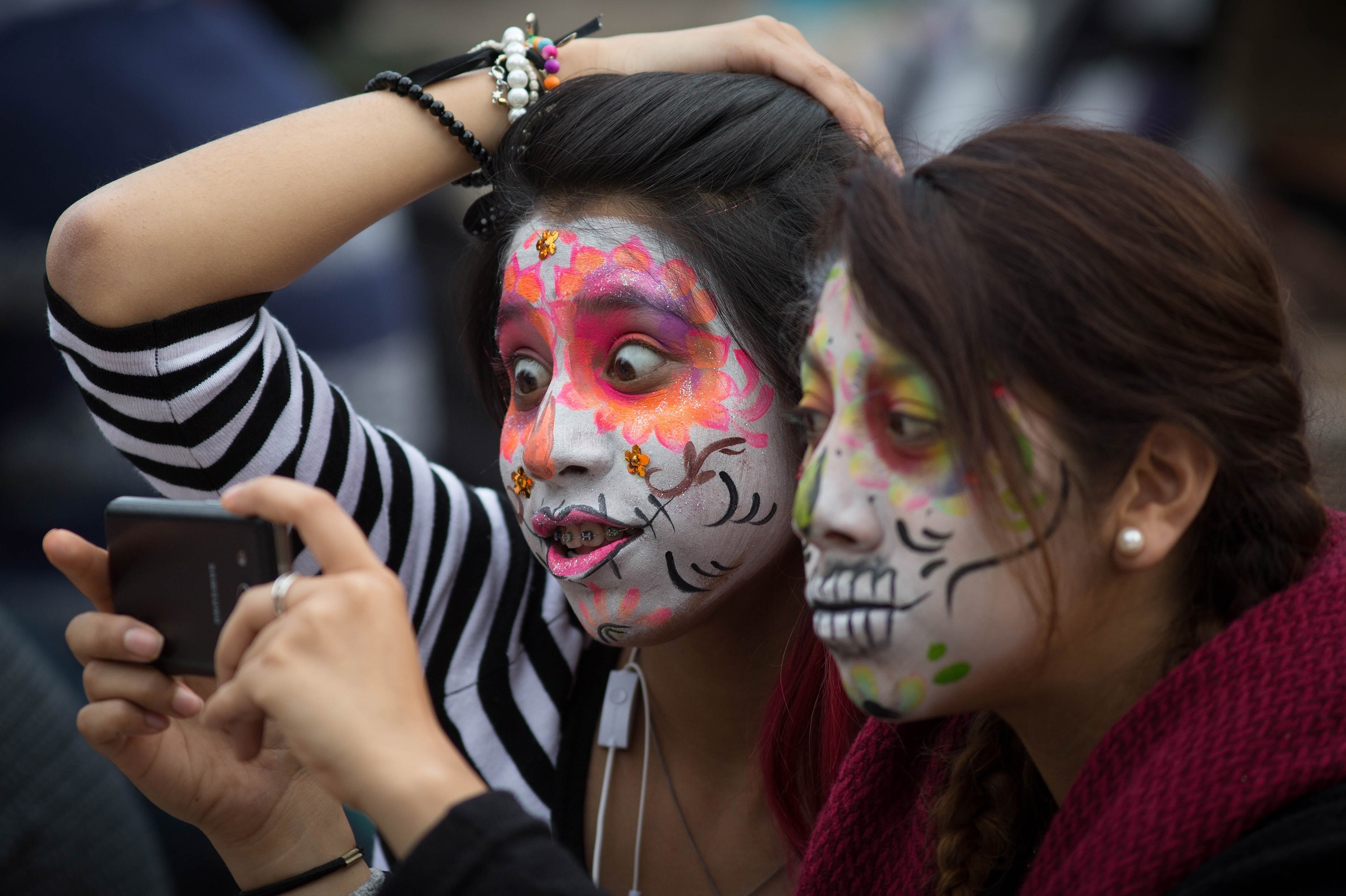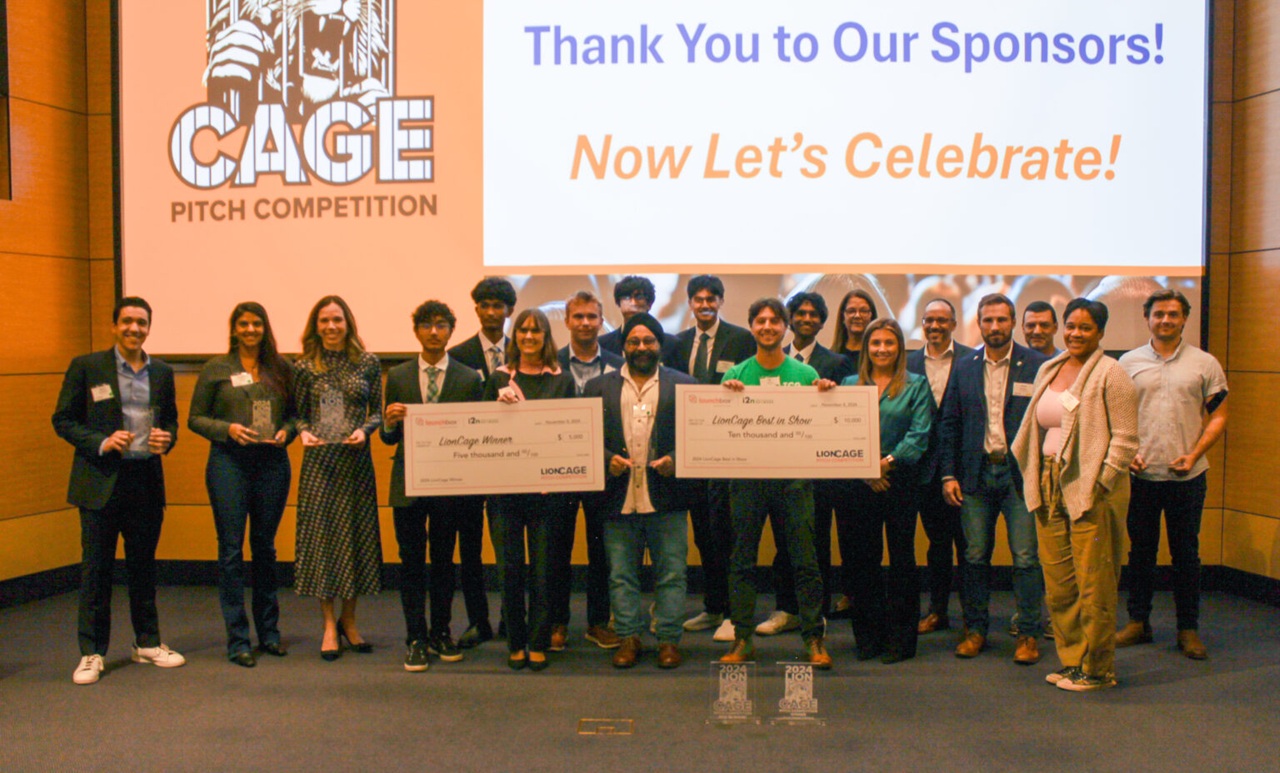
Brazil, Colombia and Mexico, a hot spot for social media influencers
According to a marketing study Influencity, to which AL DIA had access, investment in digital advertising in Latin America grew, approximately, four times
Do you know what the word "influence" means? Maybe you've heard it said a million times and uttered it a million times. According to the dictionary, it refers to a person or thing that can exercise predominance, or moral force and in a more economic context it is a verb that means to contribute more or less effectively to the success of a business.
Now, the word "influencer" became popular thanks to social networks and is currently used to describe those people, often TV celebrities or those who have a vast presence on digital platforms such as Instagram, YouTube, Twitter and others, and use their influence to promote mass consumer products, lifestyles, trends or ideas.
To surprise you, a recent report by the digital marketing platform Influencity reveals that 18.9 million influencers on the social network Instagram, distributed in 20 countries in Latin America, represents 3% of the general population of the region.
Some relevant data from the study
The Influencity marketing report reveals that investment in digital advertising in Latin America will grow, approximately, four times between 2020 and 2022, from $7.92 billion to $34.7 billion (USD). The figure corresponds to slightly more than a third of what was invested in Europe (89.4 billion) and eight times less than what was invested in the United States (283 billion).
The countries that account for most of the investment in social networks are Brazil (34%), followed by Colombia (21%) and Mexico (16%). One of the most surprising data is the people who use Instagram in Latin America. Of the 646.1 million people registered in 2023, 207.6 million are users of this social network. It means that 32% of the total population in the region uses this App to connect, share photos and search. In 2020, this percentage was significantly lower (26.2%).
The report points out that for someone to be considered an Instagram influencer user, they must be able to influence the purchasing decisions of certain members of their audience.
This is achieved when a user has developed a certain degree of expertise in their particular topic. They must also be any user over the age of 18, have a public profile and have more than 1,000 followers. To further segment, profiles were divided into 4 different categories based on their followers.
RELATED CONTENT
Nano-influencers: profiles with between 1,000 and 10,000 followers.
Micro-influencers: profiles with between 10,000 and 100,000 followers.
Macro-influencers: profiles with between 100,000 and 1 million followers.
Mega-influencers: profiles with more than 1 million followers.
Despite the growth in investment, Latin America continues to lag behind the other regions studied. To illustrate this, it is sufficient to compare the investment made by Latin American countries (34.7 billion) with that made by the United States (283 billion).
This huge investment by the United States did not translate into a higher proportion of influencers in the general population. In fact, the "influencer density" in the United States - the percentage of influencers within the total population - stands at 3.1%. In Latin America, this percentage is 2.9%.
The research shows that as retailers move to the Internet, consumers turn to other media to get an idea of the product they are about to buy. In this way, so-called influencers can put products and services in a real context, and Instagram users with loyal followers may have seen an opportunity to tap into the creator economy.











LEAVE A COMMENT: